Early on in Amy Tan’s 1989 bestseller, The Joy Luck Club, a Chinese concubine slices a chunk of flesh from her arm and drops it into the soup she has made for her dying mother. She spills another bowl of soup over her young daughter, seriously scalding the child’s neck. When that scarred little girl grows up and emigrates to America, she tells herself that to find her true identity, ‘You must peel off your skin, and that of your mother, and her mother before her. Until there is nothing. No scar, no skin, no flesh.’
Almost 30 years later, the author has finally found the courage to take her character’s advice. Coaxed into peeling back the layers of her own traumatic heritage by her long-term editor Daniel Halpern, Tan has produced a memoir that teases and circles a series of painful truths before pinning each to the page with steely precision.
Born in California in 1952, Tan was the child of Chinese immigrants with a secret. Her mother had fled an abusive marriage to marry her father, leaving three children behind in China. An evangelical minister, her father never forgave himself for the sin of adultery and retreated from real engagement with both his children and his congregation by quoting scripture at them.
But he was easy company compared with Tan’s volatile mother, Daisy, whose own mother had died of an opium overdose when she was nine. As a consequence, Daisy learned to threaten suicide at the drop of a hat. Tan recalls the howling horror of a scene in which her mother tried to fling herself from the family car as they hurtled down the freeway, the car door stuck open ‘like the broken wing of a stupid bird’.
When Tan was 14, her academically brilliant older brother was diagnosed with a brain tumour and died at 16. Her dad took the opportunity to imagine himself as Abraham, sacrificing his son to his God, before doctors found a matching tumour in his own brain. He died the same year. Tan and her younger brother became ‘shadows in the house’, while her mother became convinced the family was cursed. Both women were li hai (fierce and persistent) and their relationship would remain ‘stormy, with periodic tsunamis’.
Sifting through old letters, photos, documents and diaries, Tan tries to make sense of it all but gradually realises that the deeper truth is inside herself. She has been using fiction as a safe space to explore the fear and shame. This becomes apparent at a writing course when she is asked to fill a page with the memory of a near-death experience, and the vision of her mother charging at her with a meat cleaver comes tumbling unbidden onto the page. Can this really have happened? She phones her mum, who gives matter-of-fact confirmation.
Tan later decided to make more direct use of her mother’s story in her work and found Daisy ‘overly generous in sharing the details of her life’. She spoke candidly of her sex life with ‘that bad man’, her first husband. Daisy thought she would be safe once she had divorced him, but he waited for her to sign the documents, then raped her and sneered that she was now a whore.
‘There were many times my brain was oversaturated listening to her anger,’ says Tan. You can see why she needed to shunt the trauma through her head and off into her novels. And she offers engaging insights into her creative process, comparing the ‘fugue state’ of writing fiction to other ‘alterations of the brain’ she has experienced. We learn about the impact of a subdural haematoma on her ability to speak; the elevated mood she experienced as a side effect of medication for Lyme disease; the shifts of self that come with a change in language. An incessant interrogator of metaphor, she tells of a caving expedition that convinced her to ditch ‘darkness’ to describe despair after realising the pitch black of the cavern was ‘good for starting afresh, thinking before writing’.
She’s also funny on the practicalities of the writing life, with its hassles and distractions, regaling readers with a bizarre anecdote about breaking off in mid-flow to assist her whimpering dog who had been unable to retract his penis after ‘loving’ his teddy bear. ‘I got out the olive oil. I put on the examining gloves. An hour later, he was fine. I was not.’
Tan tells her story in a scattered series of ‘pot-luck topics and tones’. There are journal entries, fragments of fiction and short interludes she calls ‘quirks’. The quality is uneven, but an honest reflection of the authorial imagination. I found myself going back to passages I’d found self-indulgent, realising they were an essential part of the puzzle.
There are also long email exchanges with Halpern which get annoying. You appreciate her desire to showcase his unsung role as patient and witty Father Confessor, but he would have shown his editorial prowess in a better light by cutting most of them. But then, he believes that ‘books are never done, they’re merely abandoned’. I suspect that, despite its irritations, this one has found a permanent home on my shelves.
Got something to add? Join the discussion and comment below.
Get 10 issues for just $10
Subscribe to The Spectator Australia today for the next 10 magazine issues, plus full online access, for just $10.
You might disagree with half of it, but you’ll enjoy reading all of it. Try your first month for free, then just $2 a week for the remainder of your first year.

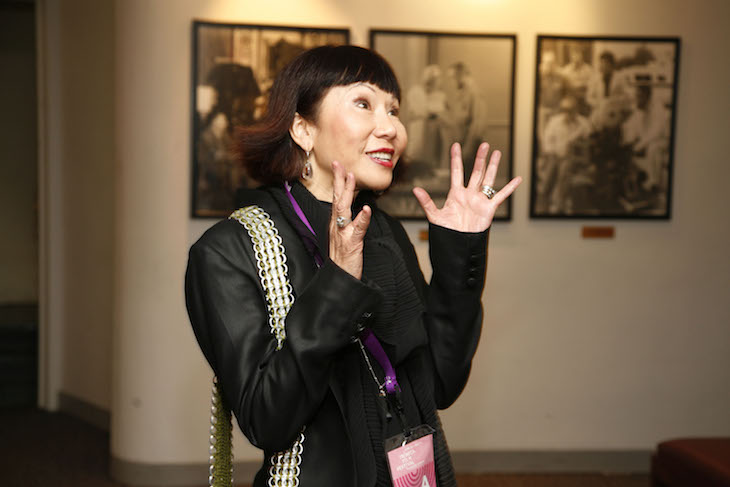
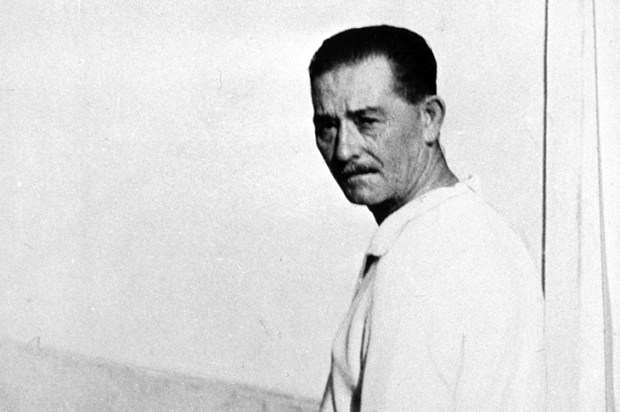
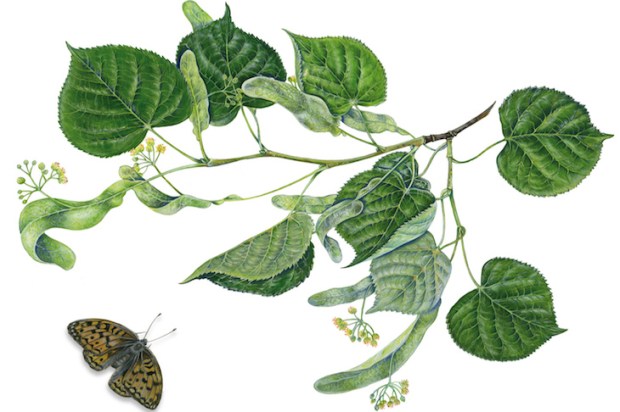
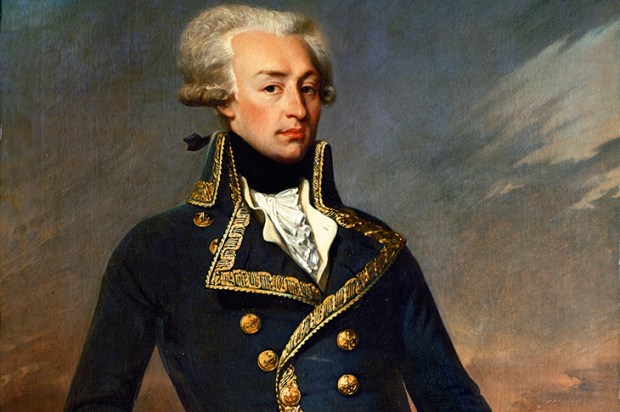
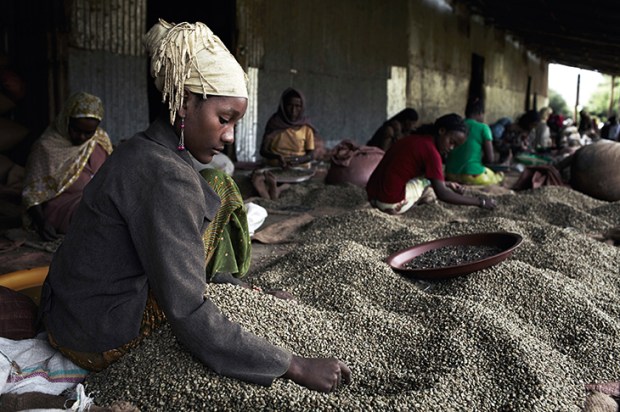

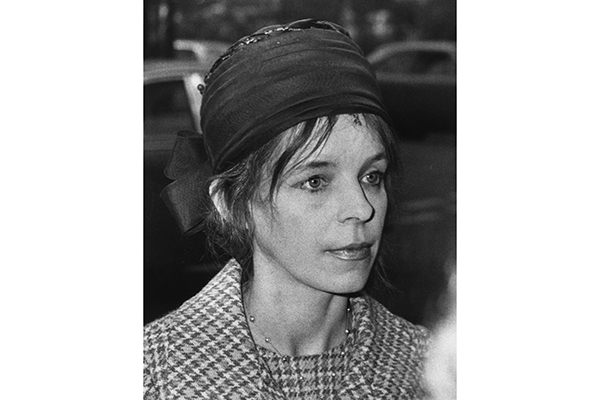






Comments
Don't miss out
Join the conversation with other Spectator Australia readers. Subscribe to leave a comment.
SUBSCRIBEAlready a subscriber? Log in